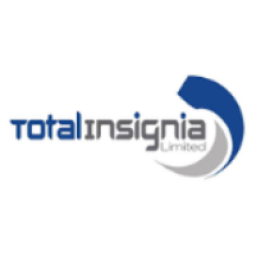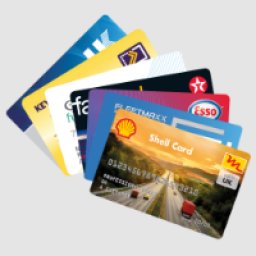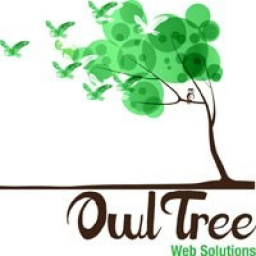Is your website and its content accessible to all? If not, how many users and potential customers could it affect? How much business are you losing? Web Accessibility is about developing websites that are usable by the broadest range of users, regardless of their abilities.
8.5% of the population has a disability that prohibits or limits computer use - they rely on Assistive Technology. By going the extra mile to make your website accessible you will be not only demonstrating inclusivity but also accessing more customers.
Broadly disability fall into the following categories:
Visual – People with complete or partial blindness use the keyboard for navigation and screen readers to read the text on web pages. Those who are colour blind need high contrast colours to distinguish between elements.
Motor – Users with motors disabilities again use keyboards to navigate websites. Your website should have clear navigation that can be used easily with a keyboard.
Auditory – Deaf or hard of hearing require alternative text to describe audio. Keep this in mind for videos that are on your website.
Cognitive and Neural – Keyboards are often used by people in this category, so avoid using flickering content.
With the above in mind, here are some quick checks you can use on your own website:
Page Title – This is the title that is displayed in your browser tab. Screen readers will read it out; so choose your words carefully.
Images – An image to a blind person is of no use. Therefore, alt text is used so a screen reader can describe the image to the user. If the image is used to do something, then also explain its purpose. Be precise in your descriptions and consider user experience.
Headings – Your website should have a hierarchical structure to text. Headings and subheadings on websites should be denoted using h1, h2 and so on. Screen readers will identify headings and subheadings so consider these carefully to ensure your website text makes sense.
Colour – Choose high contrast background and foreground colours to help visitors with colour blindness. This is particularly important for text and background colours. Light text on light backgrounds may just appear as shades of grey to someone with colour blindness.
Keyboard Access – Every element of the website should be accessible from a keyboard including links, buttons, fields and controls. The tab and arrow keys play a vital role in this.
Keep Accessibility Updated – Another important consideration is that accessibility standards change over time to accommodate the best practices. You must evolve to keep up. If your website was accessible last year, it may not be adequately accessible today.
We have only covered a few of the topics that affect website accessibility but there are many more. The W3C has resources to help, and you can start a first review of your website by using this checklist www.w3.org/WAI/test-evaluate/preliminary/
To find out how we can help improve your website’s accessibility, please get in touch with the OwlTree team today!
 Brabners LLP
Brabners LLP










